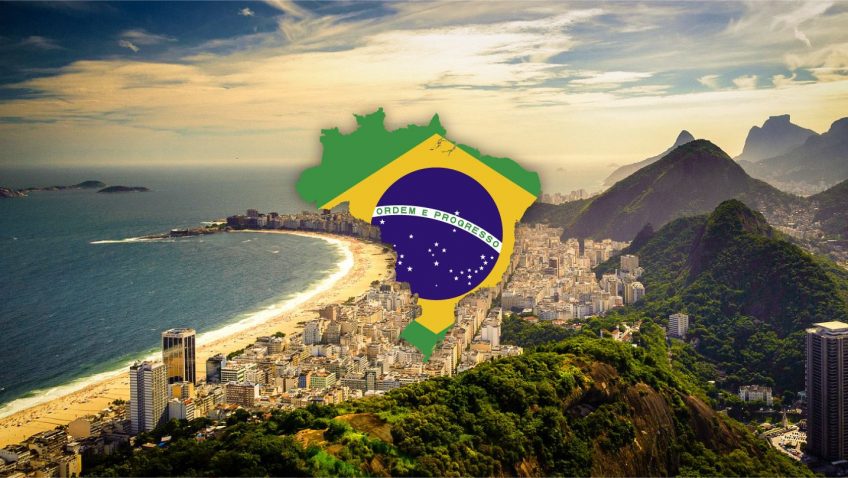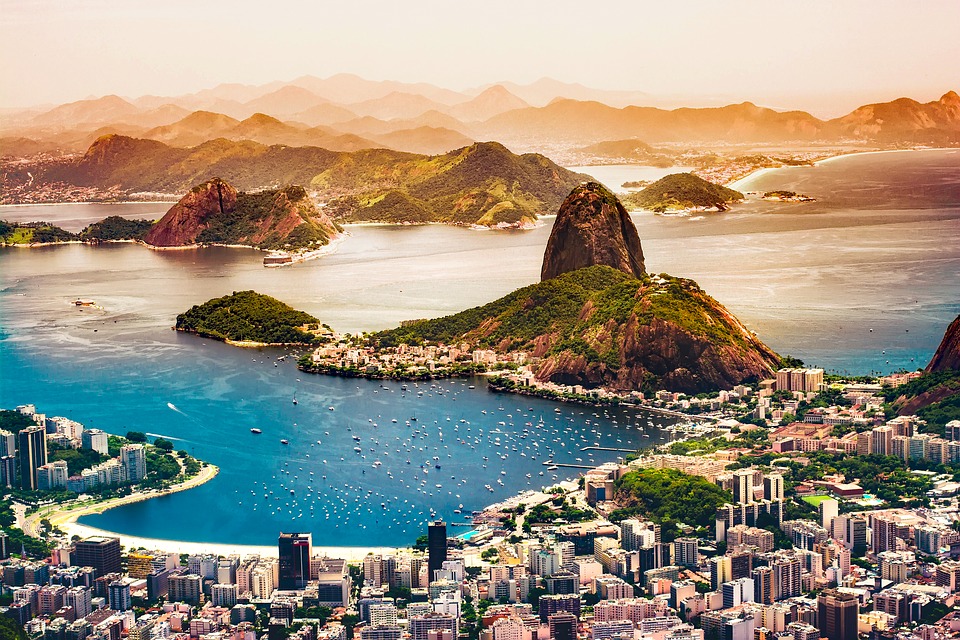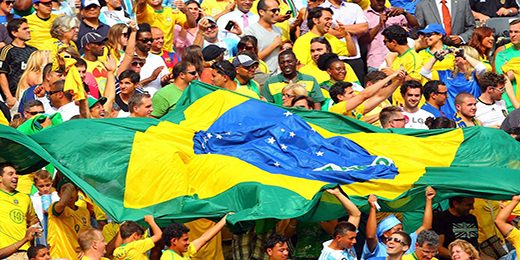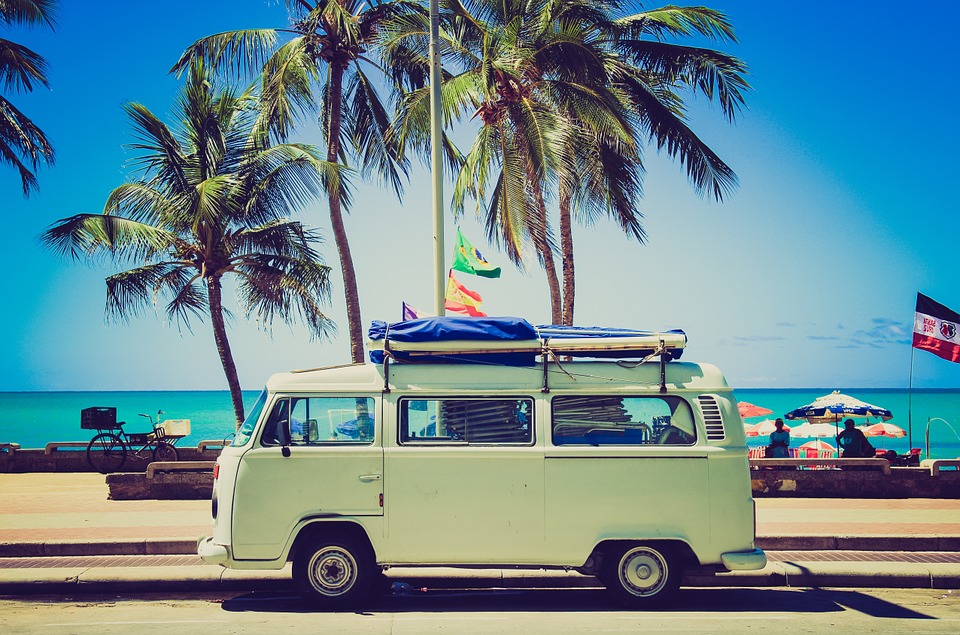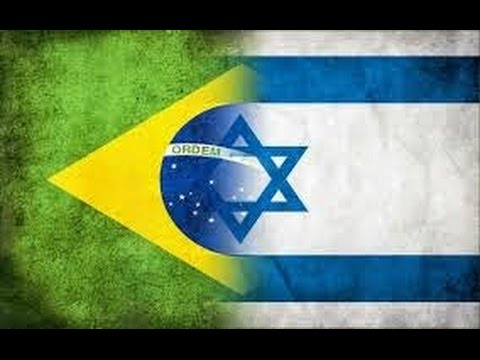When president-elect Jair Bolsonaro walks up the ramp to the Palácio do Planalto on January 1st, he will be facing more than a polarized Brazil with an underperforming economic recovery. The challenges ahead range from the low quality of public education and the return of once-eradicated diseases, to a lack of infrastructure and decreasing confidence in investments and consumption.
To make sense of the veritable Rubik’s cube which is 2018 Brazil, The Brazilian Report has compiled a comprehensive set of data, charts, and maps that synthesize what Brazil’s next president will inherit once in office.
Demographics
Jair Bolsonaro will rule over 208.5 million citizens, mostly concentrated in big cities. According to IBGE, Brazil’s statistics agency, 57 percent of the country’s population live in just 5.7 percent of its towns. That means 118.9 million people are crammed into just 317 of the country’s 5,570 municipalities.
The distribution of Brazilians across the extent of its territory is even more uneven if one considers that 84.3 percent of the people occupy merely 0.63 percent of the country, according to Embrapa, a public agribusiness research company.
On top of the challenge of balancing policies that will benefit both those living in condensed metropoles and others in small, isolated villages, Brazil’s demographic projections also turn the country into a ticking time bomb. IBGE estimates the country’s population will reach 233 million in 2047 and decrease afterwards.
From the economic perspective, READ MORE

